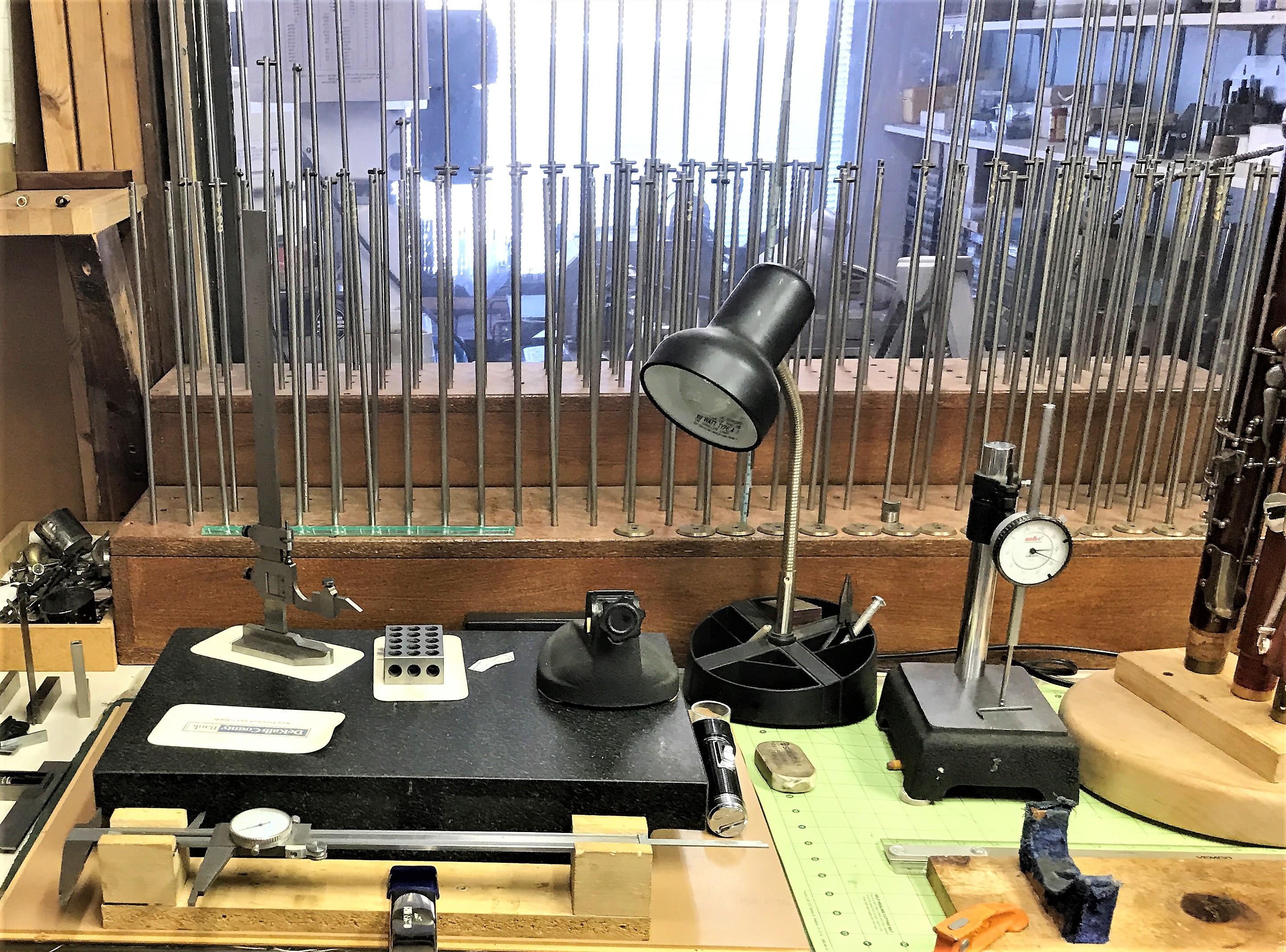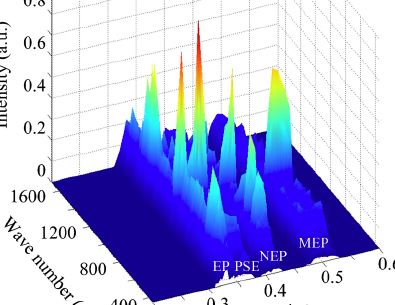-
Lohff & Pfeiffer
About Lohff & Pfeiffer
Iimprint
Contact
Newsletter
Location
L&P team
- Instruments
General
Trade options
About clarinet
Search specific instrument
Ab-clarinet
Eb-clarinet
D-clarinet
C-clarinet
Bb-clarinet
A-clarinet
Mozart basset-clarinet A
G-clarinet
Bassethorn F
Alto-clarinet Eb
Bass-clarinet
Contraalto Eb-clarinet
Contrabasse Bb-clarinet
German-Albert system Bb
Reform Boehm A & Bb
Peter Bastian Instruments
Plateau clarinets
Quartertone clarinet
- L&P Optimization
Optimization
Customization
Specialities
Special Keywork
- Accessories
General
Care products
For instruments
Reeds
Tools for reeds
Straps and hand rests
- Repair
Book time
About Repair
Maintenance
Plating-Surface treatment
Pads
Padding style
Cracks
Tone hole problems
Joints
- Tips & Advice
How to..
Videos
Worldwide external information
Problems & help
Education & learning

Precise data, collected over years, allows predictable results..Voicing
Voicing
With voicing, we describe how the character of sound changes. Sound is often described with terms like warm or bright, overtone rich, stuffy, dull, too open, too closed, resistant, hesitant, unstable, muffled, etc.
What you can do
All of these "voices" are the product of the way the player blows air through the instrument and the instrument's construction. This creates the overtone spectrum.
Oszillogram
As a player, you have three possibilities to influence the sound:
1. You can change the amount of air you blow into the instrument
2. You can change the airspeed
3. You can influence how the reed vibrates
The rest depends on the design and efficiency of the instrument and equipment used - reeds, barrel, ligature, and mouthpiece.
Where we can help
As soon as the air enters the instrument, it is the geometry of the bore, tone holes, and many different aspects regarding the padding, which have a great impact on the sound. Through controlled adjustments, we can manipulate the air, and therefore also the sound, in the direction the player wants it to go.
Spectral alalysis in 3 D Frequency, amplitude over time
Today we can darken or brighten, open, or close the sound. We can lift or lower the pitch, make the instrument respond faster, or vibrate longer, just to mention some of the possibilities we have.
Let us know what's on your mind, and we can offer you our options.
Live visualisation of an soundwave within a tube
Help us to get better
Was this article helpful?
Comments, additions or questions are always welcome at: info@clarinet.dk(C) 2014 - by Lohff & Pfeiffer - Brøndbyvej 211 - 2625 Vallensbæk + 45 3535 8643 - SE DK 1895 7485 info@clarinet.dk - Instruments






